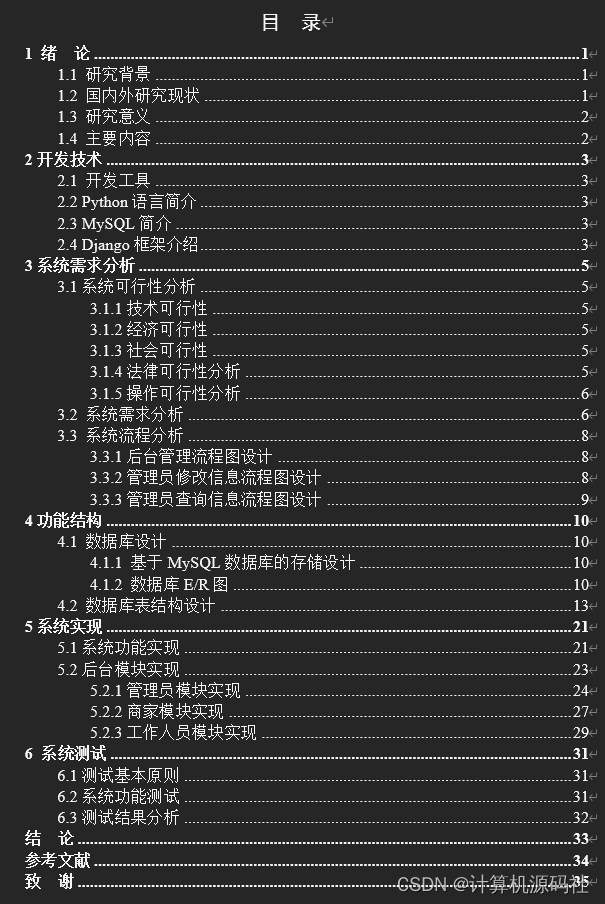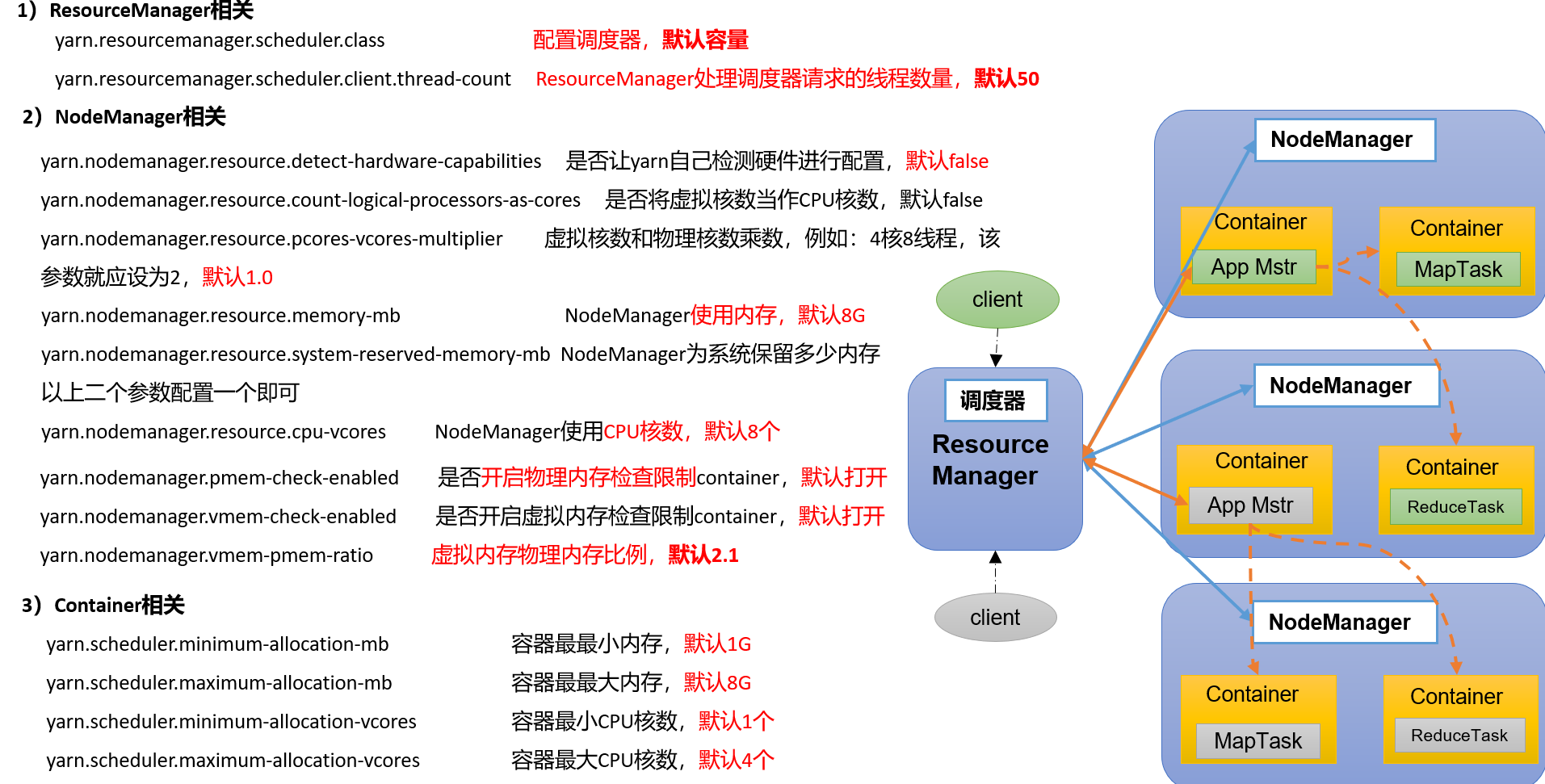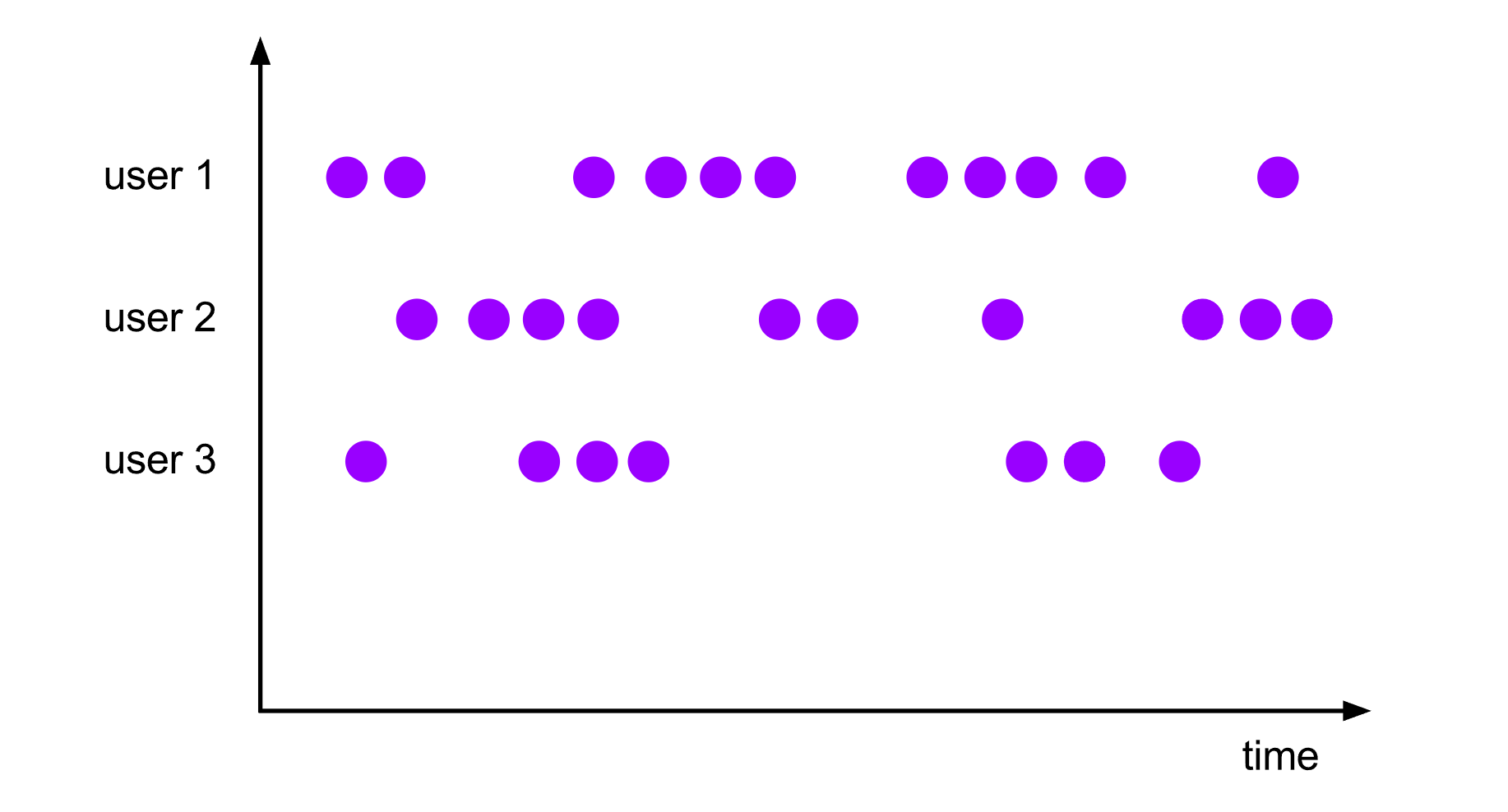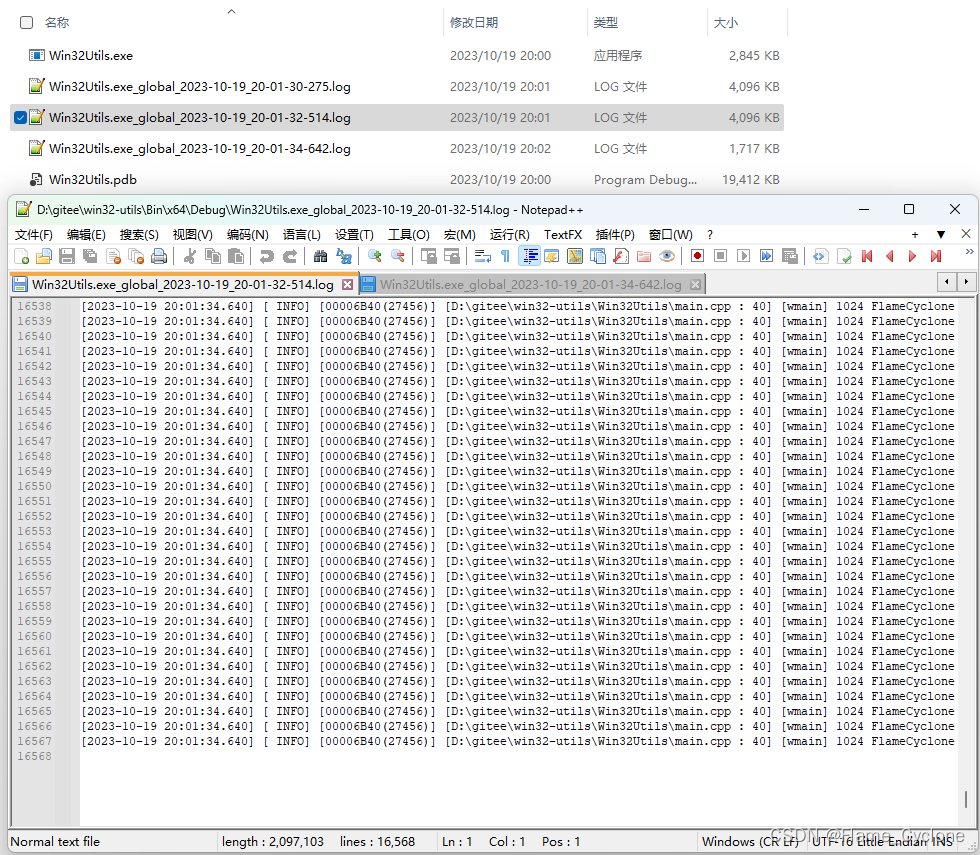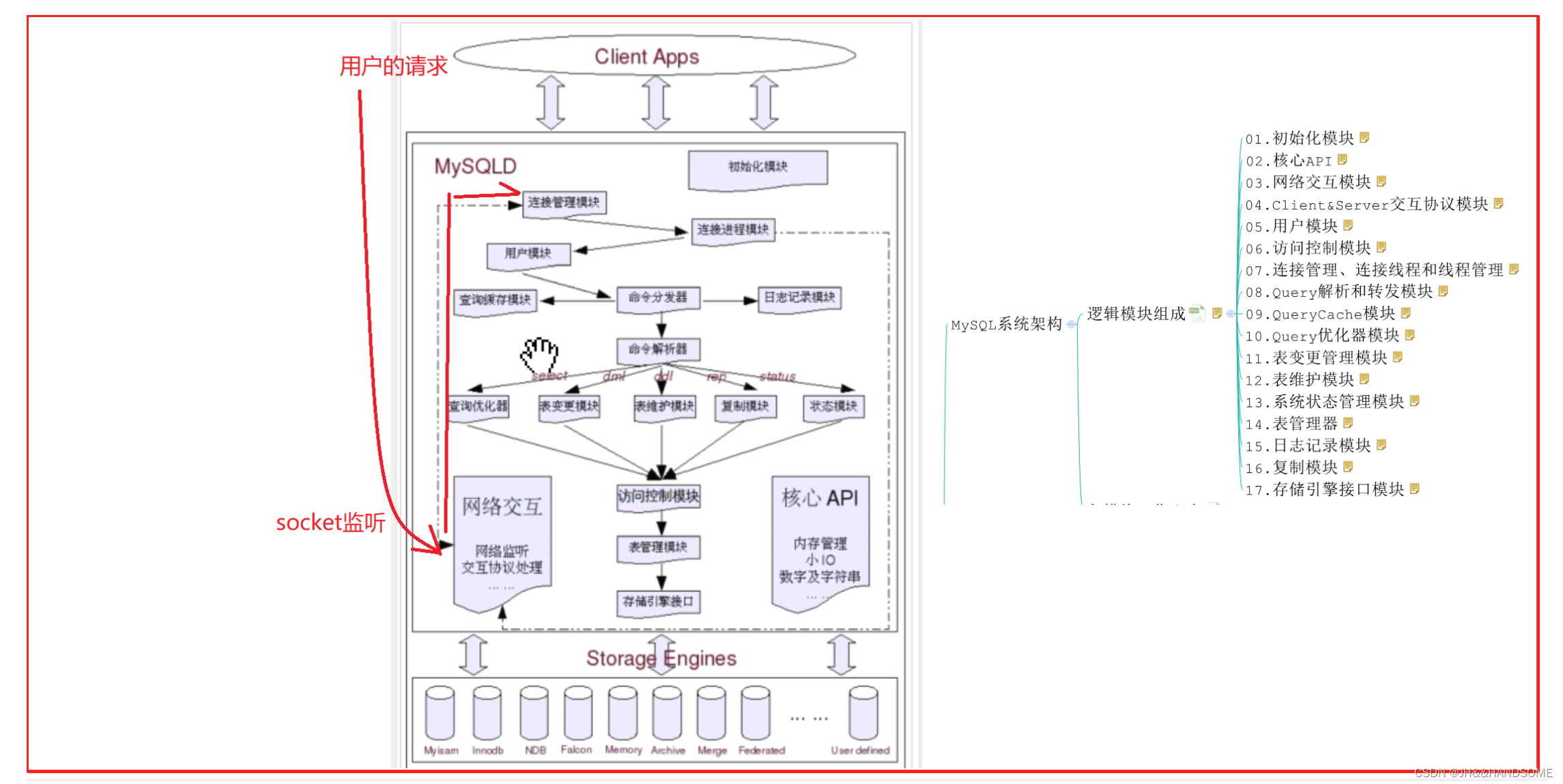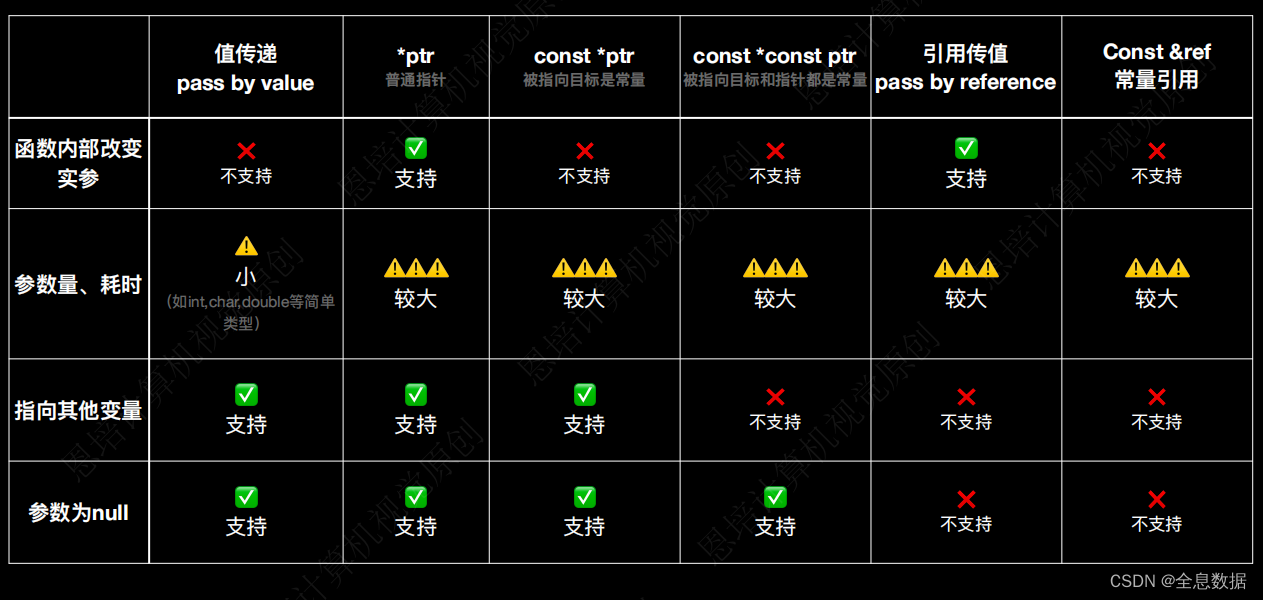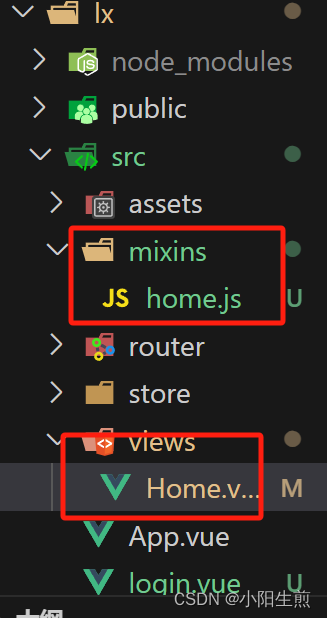关联文章
关联的博客文章为:《遗传算法求解带时间窗的VRP问题(python)》
原出错函数
源程序代码如下:
def vehicle_capacity_restraint(chrom):
# 计算一条染色体的车辆容量限制
individual = copy.deepcopy(chrom)
split_flag_node = True
total_path_list = []
while split_flag_node:
vehicle_load_list = demand_quantity[0, individual]
cumsum_list = np.cumsum(vehicle_load_list)
if len(np.where(cumsum_list > vehicle_capacity_max)[0]) != 0: # 累加值大于车辆容量的位置
split_flag_node = np.where(cumsum_list > vehicle_capacity_max)[0][0]
else:
# 生成的染色体刚好够一辆车运输
split_flag_node = False
path_list = [0] * (len(individual) + 2) # 前后两个配送中心节点
path_list[1:-1] = copy.deepcopy(individual)
total_path_list.append(path_list)
if split_flag_node:
path_list = [0] * (split_flag_node + 2) # 前后两个配送中心节点
path_list[1:-1] = copy.deepcopy(individual[:split_flag_node])
total_path_list.append(path_list)
individual = individual[split_flag_node:]
return total_path_list
运行其他的算例发现如下错误:
total_path_list [[0, 1, 2, 0], [0, 4, 0], [0, 8, 5, 0], [0, 6, 0], [0, 7, 0]]
total_path_list [[0, 5, 0]]
population [[ 1 2 4 8 5 6 7 3 9 10]
[ 5 10 3 7 6 9 4 1 2 8]]
total_path_list [[0, 1, 2, 0], [0, 4, 0], [0, 8, 5, 0], [0, 6, 0], [0, 7, 0]]
routes [1, 2, 4, 8, 5, 6, 7]
分析错误表象为:使用函数vehicle_capacity_restraint()不能很好的根据车辆的最大容量限制切割染色体,根据容量限制插入配送中心节点0。
如下为算例10个需求服务点的需求配送量:

车辆的最大载重量vehicle_capacity_max = 3。
在某些场景下该函数切出来的车辆路径是正确的,需要车辆的载重量扩大点
vehicle_capacity_max = 5的场景下计算是可行的,如下:
total_path_list [[0, 10, 0], [0, 4, 1, 2, 0], [0, 9, 3, 0], [0, 8, 5, 0], [0, 6, 7, 0]]
total_path_list [[0, 8, 5, 0], [0, 10, 0], [0, 7, 6, 0], [0, 2, 3, 0], [0, 1, 4, 9, 0]]
population [[10 4 1 2 9 3 8 5 6 7]
[ 8 5 10 7 6 2 3 1 4 9]]
total_path_list [[0, 10, 0], [0, 4, 1, 2, 0], [0, 9, 3, 0], [0, 8, 5, 0], [0, 6, 7, 0]]
routes [10, 4, 1, 2, 9, 3, 8, 5, 6, 7]
当vehicle_capacity_max = 3的场景,函数vehicle_capacity_restraint()计算会出现错误,不能正确的根据车辆容量限制切割配送路线,如下:
chrom [ 8 2 7 5 4 10 9 6 1 3]
split_flag_node 2
split_flag_node 2
split_flag_node 1
total_path_list [[0, 8, 2, 0], [0, 7, 5, 0], [0, 4, 0]]
代码捉虫
修改代码如下:
def vehicle_capacity_restraint(chrom):
print("chrom", chrom)
# 计算一条染色体的车辆容量限制
individual = copy.deepcopy(chrom)
split_node_flag = True
split_node_index = -1
total_path_list = []
while split_node_flag:
vehicle_load_list = demand_quantity[0, individual]
cumsum_list = np.cumsum(vehicle_load_list)
print("cumsum_list", cumsum_list)
if len(np.where(cumsum_list > vehicle_capacity_max)[0]) != 0: # 累加值大于车辆容量的位置
print("111", np.where(cumsum_list > vehicle_capacity_max)[0])
split_node_index = np.where(cumsum_list > vehicle_capacity_max)[0][0]
else:
if len(cumsum_list) == 0:
split_node_flag = False
continue
else:
if split_node_index == -1:
print("222")
split_node_flag = False
# 生成的染色体刚好够一辆车运输
path_list = [0] * (len(individual) + 2) # 前后两个配送中心节点
path_list[1:-1] = copy.deepcopy(individual)
total_path_list.append(path_list)
if (split_node_index) != 0 and (split_node_index != -1):
print("split_node_index", split_node_index)
path_list = [0] * (split_node_index + 2) # 前后两个配送中心节点
path_list[1:-1] = copy.deepcopy(individual[:split_node_index])
total_path_list.append(path_list)
individual = individual[split_node_index:]
elif len(cumsum_list) == 0:
split_node_flag = False
continue
elif split_node_index != -1:
print("333", split_node_index)
path_list = [0] * (1 + 2) # 前后两个配送中心节点
path_list[1] = copy.deepcopy(individual[0])
total_path_list.append(path_list)
individual = individual[1:]
else:
pass
print("total_path_list", total_path_list)
return total_path_list
满足第一种场景,vehicle_capacity_max = 22 # 车辆的最大载重量,即刚好使用一辆车可以装满所有10个需求节点的货物,运输路线只有一条,即total_path_list [[0, 2, 3, 4, 5, 6, 7, 8, 9, 10, 1, 0]]:
chrom [2, 3, 4, 5, 6, 7, 8, 9, 10, 1]
cumsum_list [ 1. 4.5 6.5 7.5 10.5 12.5 14.5 16. 20. 21.5]
222
total_path_list [[0, 2, 3, 4, 5, 6, 7, 8, 9, 10, 1, 0]]
Process finished with exit code 0
满足第二种场景,vehicle_capacity_max = 1 # 车辆的最大载重量,车辆的运输能力极小时,函数vehicle_capacity_restraint()也能正确的工作,得到极大值,也就是派10辆车完成运输任务,如下结果total_path_list [[0, 2, 0], [0, 3, 0], [0, 4, 0], [0, 5, 0], [0, 6, 0], [0, 7, 0], [0, 8, 0], [0, 9, 0], [0, 10, 0], [0, 1, 0]]
chrom [2, 3, 4, 5, 6, 7, 8, 9, 10, 1]
cumsum_list [ 1. 4.5 6.5 7.5 10.5 12.5 14.5 16. 20. 21.5]
111 [1 2 3 4 5 6 7 8 9]
split_node_index 1
cumsum_list [ 3.5 5.5 6.5 9.5 11.5 13.5 15. 19. 20.5]
111 [0 1 2 3 4 5 6 7 8]
333 0
cumsum_list [ 2. 3. 6. 8. 10. 11.5 15.5 17. ]
111 [0 1 2 3 4 5 6 7]
333 0
cumsum_list [ 1. 4. 6. 8. 9.5 13.5 15. ]
111 [1 2 3 4 5 6]
split_node_index 1
cumsum_list [ 3. 5. 7. 8.5 12.5 14. ]
111 [0 1 2 3 4 5]
333 0
cumsum_list [ 2. 4. 5.5 9.5 11. ]
111 [0 1 2 3 4]
333 0
cumsum_list [2. 3.5 7.5 9. ]
111 [0 1 2 3]
333 0
cumsum_list [1.5 5.5 7. ]
111 [0 1 2]
333 0
cumsum_list [4. 5.5]
111 [0 1]
333 0
cumsum_list [1.5]
111 [0]
333 0
cumsum_list []
total_path_list [[0, 2, 0], [0, 3, 0], [0, 4, 0], [0, 5, 0], [0, 6, 0], [0, 7, 0], [0, 8, 0], [0, 9, 0], [0, 10, 0], [0, 1, 0]]
Process finished with exit code 0
满足第三种场景,vehicle_capacity_max = 5 # 车辆的最大载重量,也就是没有修改函数前,函数能实现的计算功能。
chrom [2, 3, 4, 5, 6, 7, 8, 9, 10, 1]
cumsum_list [ 1. 4.5 6.5 7.5 10.5 12.5 14.5 16. 20. 21.5]
111 [2 3 4 5 6 7 8 9]
split_node_index 2
cumsum_list [ 2. 3. 6. 8. 10. 11.5 15.5 17. ]
111 [2 3 4 5 6 7]
split_node_index 2
cumsum_list [ 3. 5. 7. 8.5 12.5 14. ]
111 [2 3 4 5]
split_node_index 2
cumsum_list [2. 3.5 7.5 9. ]
111 [2 3]
split_node_index 2
cumsum_list [4. 5.5]
111 [1]
split_node_index 1
cumsum_list [1.5]
split_node_index 1
cumsum_list []
total_path_list [[0, 2, 3, 0], [0, 4, 5, 0], [0, 6, 7, 0], [0, 8, 9, 0], [0, 10, 0], [0, 1, 0]]
Process finished with exit code 0
满足第四种场景,vehicle_capacity_max = 100 # 车辆的最大载重量,当车辆最大载重量即运输能力极大时,函数也能够很好的计算配送路线,total_path_list [[0, 2, 3, 4, 5, 6, 7, 8, 9, 10, 1, 0]]
chrom [2, 3, 4, 5, 6, 7, 8, 9, 10, 1]
cumsum_list [ 1. 4.5 6.5 7.5 10.5 12.5 14.5 16. 20. 21.5]
222
total_path_list [[0, 2, 3, 4, 5, 6, 7, 8, 9, 10, 1, 0]]
Process finished with exit code 0
运用实例
vehicle_capacity_max = 5 # 车辆的最大载重量
目标函数如下:
# 目标函数:使用车辆数量最少+车辆的总行驶距离最小。
# 约束条件:车辆载重量限制+硬时间窗限制
# 由于出动一辆车的固定成本远远大于车辆的行驶成本,
# 所以,本文将车辆数最小作为最小总成本的主要目标 ,而将路程最小作为次要目标 。
def main_target_func(chrom):
# 使用车辆数量最少
vehice_num = 0
routes = get_feasible_route(chrom)
print("routes", routes)
for path in routes:
for node in path[1:-1]:
if node == 0:
vehice_num += 1
return vehice_num
def minor_target_func(chrom):
# 车辆的总行驶距离最小
# 适应度函数是总路线长度最小
routes = get_feasible_route(chrom)
total_length = 0
for route in routes:
total_length += get_route_length(route)
target_value = total_length
return target_value
def calculate_fitness(chrom):
target_value = 0.6*main_target_func(chrom) + 0.4*minor_target_func(chrom)
return target_value
遗传算法计算得到如下的结果即算法迭代图形:






